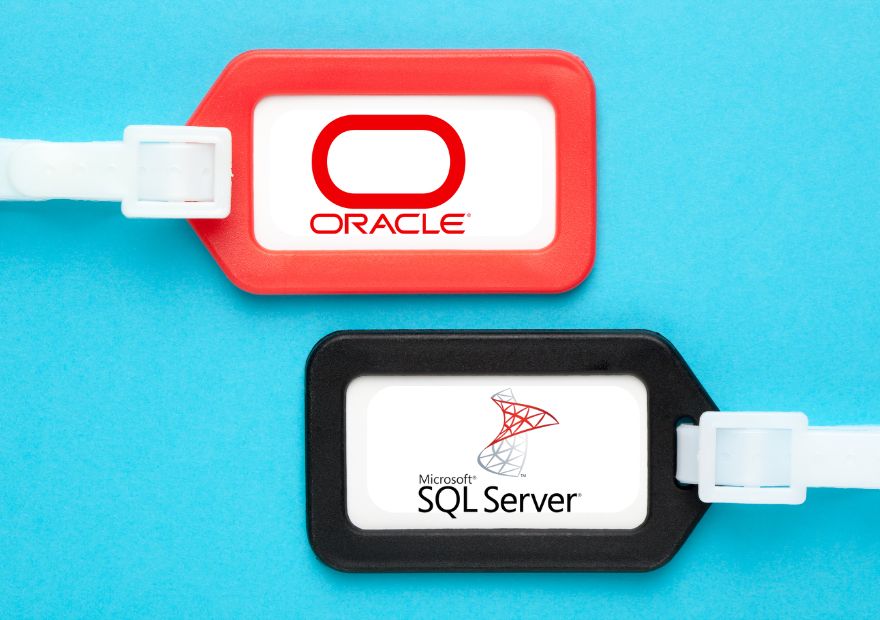Investigating syntax errors when they occur only through the application layer—not in manual testing—is a complex challenge for DBAs and developers alike. Everything looks clean in SQL Server Management Studio (SSMS), but once the application runs the same logic, it suddenly causes errors.
In a recent case our team worked on, we encountered exactly this behavior. A recurring SQL Server error: “Incorrect syntax near the keyword ‘SET'”
This wasn’t caused by invalid T-SQL. The stored procedure executed fine when run manually. So why was it failing from the app?
The Discovery
With the help of AimBetter’s event log tracing, we found a surprising culprit: the application wasn’t executing the stored procedure directly. Instead, it was embedding it inside a server-side cursor operation using sp_cursoropen.
Here’s a redacted version of the captured query:
DECLARE @p1 INT = 0, @p3 INT = 8, @p4 INT = 8193, @p5 INT = 0
EXEC sp_cursoropen @p1 OUTPUT,
N'EXEC dbo.My_Procedure @SomeParameter = N''REDACTED''',
@p3 OUTPUT, @p4 OUTPUT, @p5 OUTPUT
SELECT @p1, @p3, @p4, @p5
Why It Failed
The reason for the recurring errors was related to the fact that the sp_cursoropen has strict expectations.
sp_cursoropenis intended to:
- Open a server-side cursor on a well-formed
SELECTstatement that returns a result set.
sp_cursoropendoes not support:
-
Stored procedure calls (
EXEC dbo.ProcName) -
Scripts containing
SET,DECLARE,BEGIN, or control-flow logic
In this case, the stored procedure began with:
That’s perfectly valid in a normal execution context. But when wrapped inside sp_cursoropen, SQL Server attempts to parse the input string like a SELECT, and fails on the first unsupported statement—leading to the Incorrect Syntax Error.
Alternatives
If you’re facing a similar situation, here are recommended solutions:
1. Don’t Use sp_cursoropen for Stored Procedures
It’s not built to handle EXEC statements or batches. If you need to use cursors (though it’s worth reconsidering), use them only with direct SELECT statements.
2. Refactor the Data Logic
If the procedure’s output is just a result set, extract that logic into a view or inline table-valued function that can be queried directly with SELECT.
3. Use Direct Execution
Call the stored procedure directly from the application and handle the result set without cursor wrappers. Most modern data access layers support this.
Key Takeaways
-
Execution context matters. Just because something runs in SSMS doesn’t mean it behaves the same in your application.
-
Legacy APIs like
sp_cursoropenhave limitations. They’re not designed for dynamic SQL or procedural logic. -
Observability is crucial. Without session-level visibility, such as that provided by AimBetter, identifying the difference between “what runs” and “how it runs” would be nearly impossible.
-
Always test through the full call stack. That means not just the query, but how the application wraps and sends it.
This case was a clear example of how a seemingly straightforward syntax error actually masked a deeper architectural issue. It wasn’t the procedure’s fault—it was the mechanism used to run it.
If you’re troubleshooting similar application-only issues, don’t just look at the stored procedure—look at how the application sends it to SQL Server – the devil is often in the details.
Having a tool like AimBetter in place makes it significantly easier to uncover and resolve these hidden execution-layer issues before they impact your users.






